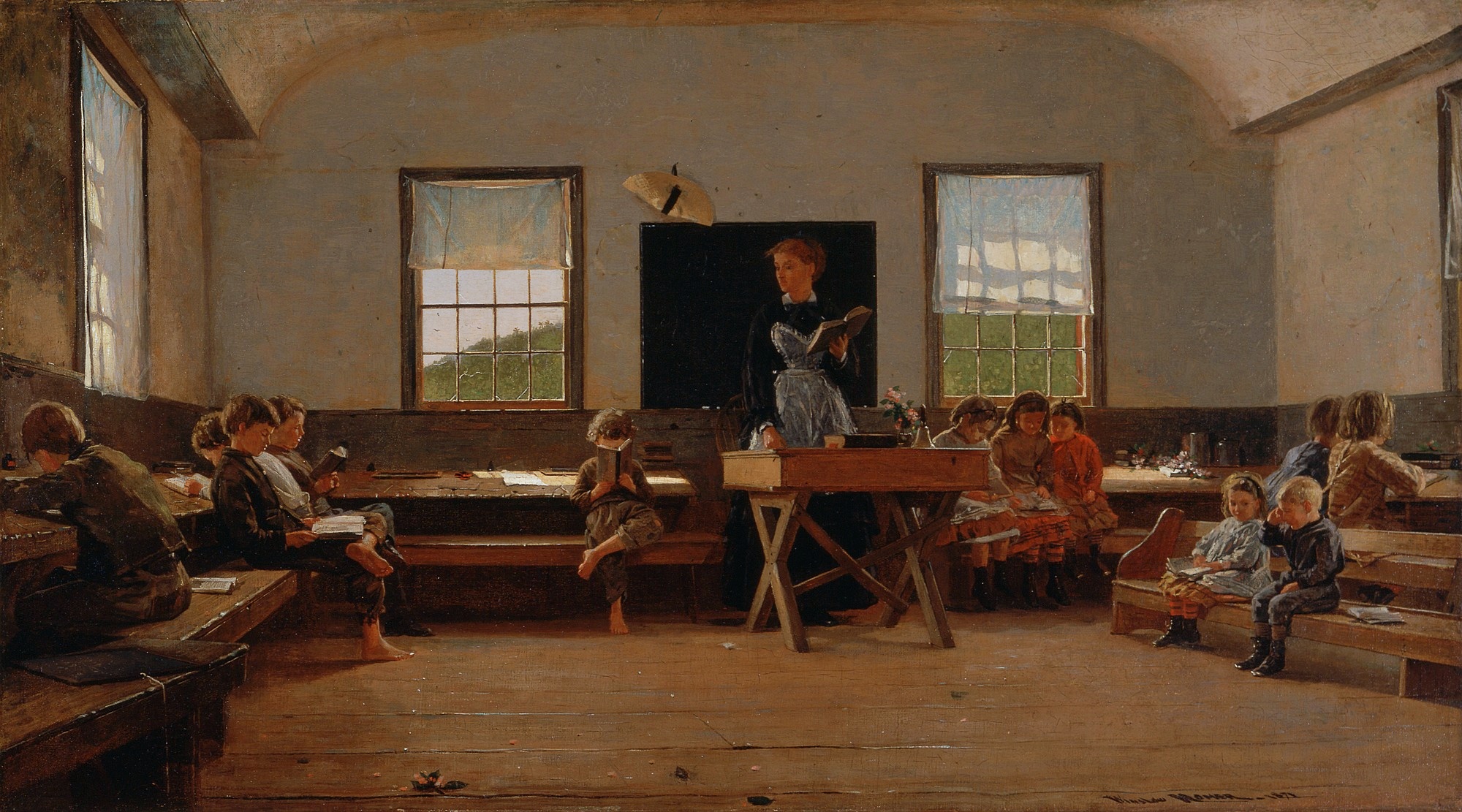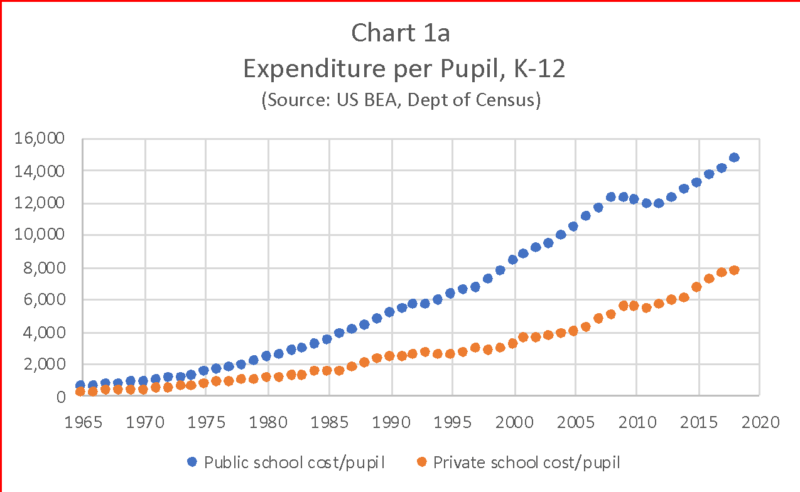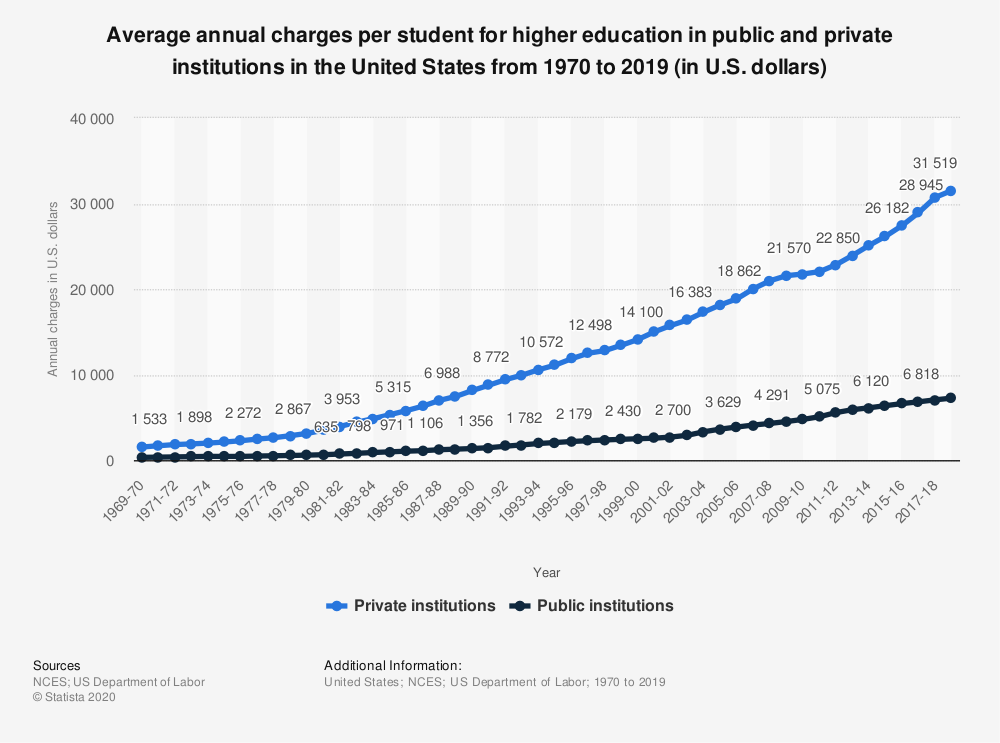We remind everyone during our monthly review of the US Census Bureau Construction Report, the education facility industry is the largest non-residential building construction market in the United States; printing at about $80 billion annually even during the pandemic. The better part of another $500 billion is spent operating and maintaining just the physical settings of these communities.
Since its original inspiration at the University of Michigan in 1993 the raison d’être of Standards Michigan and its 49-other state affiliates has been to drill into the technical specifics that are part of the cause the parabolic increase in the cost of education in the United States since 1965*. That’s the point of origin when federally-funded public education went on steroids. A half trillion dollars every year is a vast playground for the incumbent stakeholders we explain in our ABOUT. (See also: Tragedy of the Commons).
Because of the election tomorrow we will review today’s 10 AM EST release of the US Census Bureau’s monthly construction spend report and review one or two representative prospectuses with particular interest in the following:
- Operating Levies: used for day to day expenses or for repairs and maintenance or equipment.
- Capital Bonds: Used to build something new, replace something old, or demolish something unwanted.
We steer clear of administrative cost, pension fund and special social initiatives that get lost in the mix. Policy and administrative experts outnumber technical experts 100,000 to 1 so no need to duplicate their effort even if we could.
Open to everyone. Use the login credentials at the upper right of our home page.
*We use the Elementary and Secondary School Act of 1965 and the Higher Education Act of 1965 as a starting point of origin of the cost parabola.











